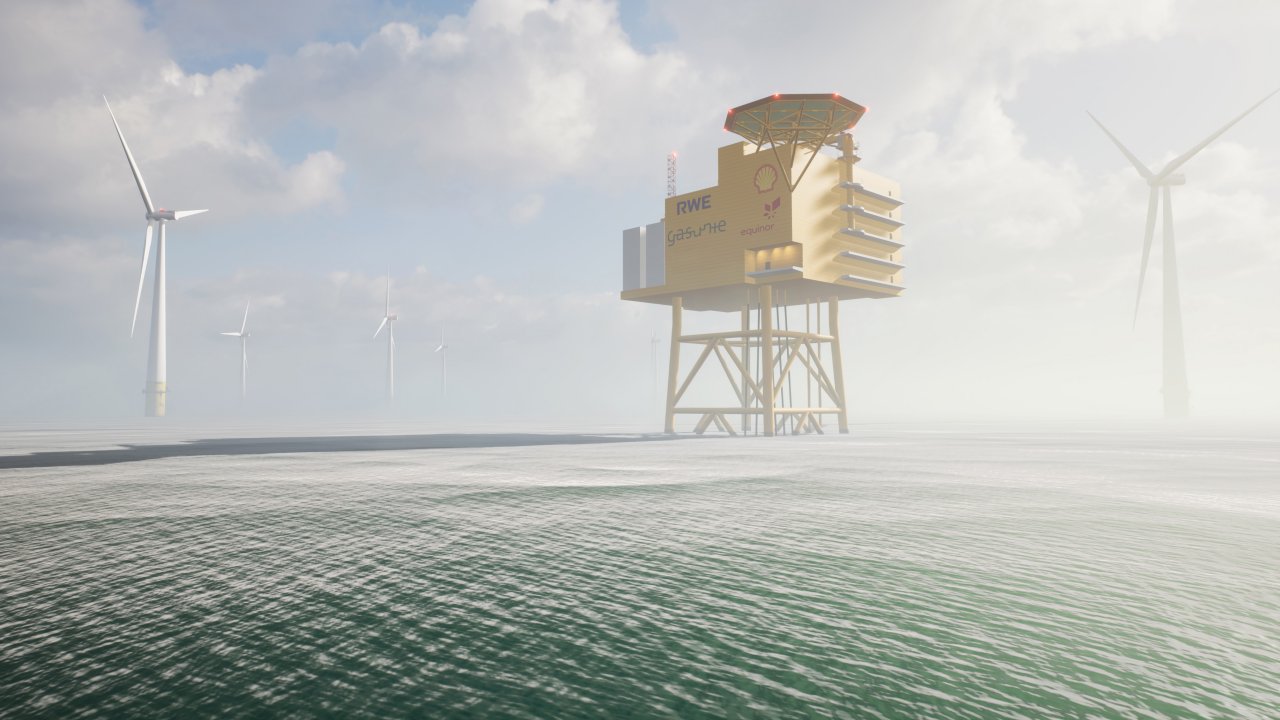LNG giant Shell has agreed with RWE, Gasunie and Equinor to further intensify their collaboration on the AquaSector project, the first large-scale German offshore hydrogen park.
The project partners have signed a declaration of intent, according to a joint statement released last week.
“The project aims to demonstrate that in Germany offshore based hydrogen production enables an efficient, cost-effective and sustainable way to produce green hydrogen,” the statement said.
Moreover, the AquaSector project intends to install about 300 megawatt (MW) electrolyser capacity to produce up to 20,000 tons per year of green hydrogen offshore.
The project would transport the green hydrogen via a pipeline, called AquaDuctus, to Heligoland starting in the year of 2028.
The partners see the AquaSector project also as a ‘proof of concept‘ for the realisation of the AquaVentus vision of producing up to 10 gigawatts of green hydrogen offshore by 2035 and transporting it via an extended pipeline to mainland Germany.
“Clear economic advantages”
Compared to the transport of electricity generated offshore, the hydrogen production at sea and the transport via pipeline could offer “clear economic advantages,” the statement said.
Moreover, the pipeline could replace five high voltage direct current (HVDC) transmission systems.
“It is by far the most cost-effective option for transporting large volumes of energy over long distances,” the statement said.
The project can support the development of the market that would bring a “rapidly increasing demand” for green hydrogen.
The partners said the first step in the AquaSector is to carry out a detailed feasibility study.
The study would provide “important initial indications of the conditions under which the large-scale offshore hydrogen park can be successfully realised as well as the technical and commercial challenges which need to be overcome in regards to offshore hydrogen production.”

